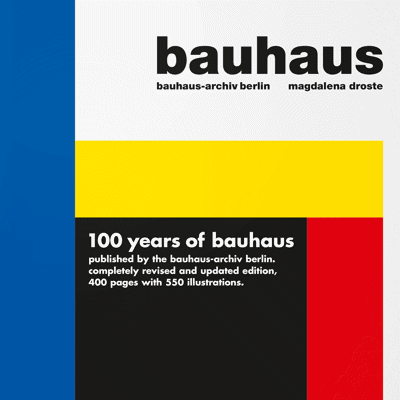Description
Neue Sachlichkeit, Deutscher Werkbund, Gesamtkunstwerk, Bauhaus, purism of form, steel and glass, Neues Frankfurt, Siemensstadt, TAC, the "Baukasten im Großen", Hansaviertel, Gropiusstadt - central concepts and powerful landmarks of modernism characterize the life of Walter Gropius (1883-1969), founder and director of the Bauhaus. Like no other German designer and architect of the past century, Gropius has left his mark and shaped our living environment. Some of these buzzwords still shine in unbroken splendour today, others have long since lost their nimbus.
In this introduction, we examine the development and influence of this great visionary of the 20th century through twenty of his most important projects, from the Bauhaus building in Dessau to the Siemensstadt housing estate, to the Harvard University Graduate Center and the Gropiusstadt in Berlin. We are concerned with his role as a master builder, writer and teacher, not only as a pioneer of the Bauhaus, but also - together with Ludwig Mies van der Rohe - as a leading representative of the international style.
Portrait
Gilbert Lupfer studied art history, history, Romance studies and empirical cultural studies in Tübingen and at the Free University of Berlin. Paul Sigel studied art history and modern German literature in Tübingen. Both are currently teaching at the Technical University in Dresden.
Peter Gössel runs an agency for museum and exhibition design. For TASCHEN, he has published monographs on Julius Shulman, R. M. Schindler, John Lautner and Richard Neutra as well as several architectural titles in the Small Series.
Publisher: Peter Gössel
Pages 96
Release date: 24.04.2019
Language: German/English






